Top 10 Animals Without Teeth In The World
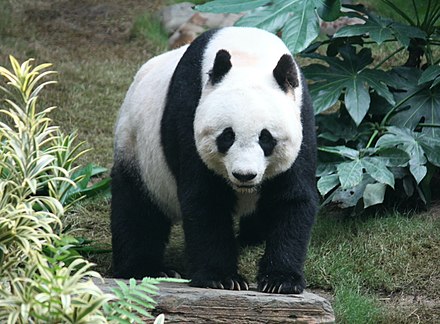
Teeth play a crucial role in the survival and feeding habits of most animals. From sharp carnivorous fangs to grinding molars for herbivores, teeth enable animals to obtain and process their food effectively. However, nature always surprises us with exceptional adaptations, and there are fascinating creatures that have thrived without the need for teeth. In this article, we will delve into the intriguing world of animals that have evolved unique mechanisms to survive and flourish toothless.
The animal kingdom is vast and diverse, with each species showcasing distinct adaptations for their specific habitats and dietary needs. While teeth are a common feature among many animals, there are exceptional cases where evolution has taken a different path. These toothless creatures have found alternative ways to procure and consume their food, showcasing the remarkable diversity of adaptation within the natural world.
From the immense blue whale, the largest animal to have ever lived, to the elusive pangolins and curious anteaters, these animals have developed fascinating strategies to compensate for their lack of teeth. Whether it's the filter-feeding mechanisms of marine giants or the specialized diets and feeding behaviors of terrestrial creatures, these toothless animals offer us a glimpse into the remarkable ways in which nature shapes life.
Join us on a captivating journey as we explore the top 10 animals without teeth. Discover the incredible adaptations that allow them to thrive in their respective ecosystems, and gain a deeper appreciation for the intricate balance of nature's design. Prepare to be amazed by the diversity and ingenuity of these toothless wonders of the animal kingdom.
Top 10 Animals without Teeth in The World
- Blue Whale (Balaenoptera musculus)
- Anteaters (Family: Myrmecophagidae)
- Pangolins (Family: Manidae)
- Whale Sharks (Rhincodon typus)
- Sloths (Family: Bradypodidae)
- Sea Turtles (Superfamily: Chelonioidea)
- Echidnas (Family: Tachyglossidae)
- Giant Pandas (Ailuropoda melanoleuca)
- Ostriches (Struthio camelus)
- Manatees (Family: Trichechidae)
1. Blue Whale (Balaenoptera musculus)

The blue whale, the largest animal on Earth, has a unique feeding mechanism that doesn't involve teeth. These massive marine mammals are filter feeders, sieving their food through baleen plates made of keratin, instead of biting and chewing. The baleen acts as a sieve, trapping small organisms like krill while allowing water to escape.
2. Anteaters (Family: Myrmecophagidae)
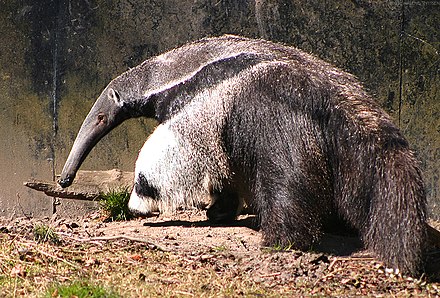
READ ALSO » Top 10 Most Amazing Facts About Teeth
Anteaters have a long snout and an extended tongue, which they use to consume ants and termites. Instead of teeth, they rely on their sticky tongue to lap up insects from nests. Anteaters have powerful muscles in their snouts and long tongues that can extend over 60 centimeters to reach deep into anthills and termite mounds.
3. Pangolins (Family: Manidae)
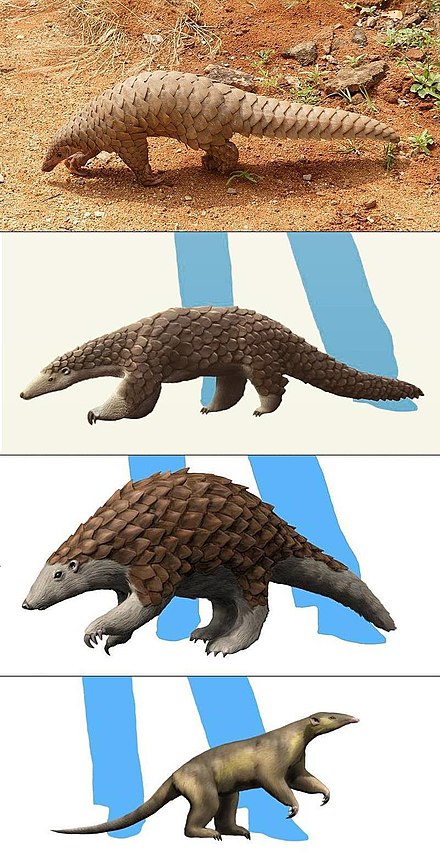
Pangolins, also known as scaly anteaters, possess no teeth. These remarkable mammals have a specialized diet consisting mainly of ants and termites. Similar to anteaters, pangolins use their long tongues and sticky saliva to capture and consume their prey.
4. Whale Sharks (Rhincodon typus)

Whale sharks are the largest fish in the world, growing up to lengths of over 40 feet. Despite their immense size, they lack teeth. Instead, they rely on a filter-feeding mechanism to consume plankton, small fish, and other tiny organisms. The whale shark's enormous mouth filters vast amounts of water, allowing them to extract food using specialized gill rakers.
5. Sloths (Family: Bradypodidae)
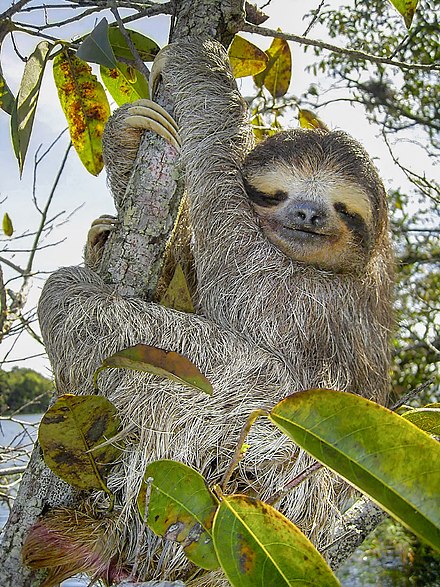
Sloths are known for their slow movements and arboreal lifestyle. These unique mammals have no incisors or canines, but they possess cheek teeth, which they use to chew plant material. Sloths have a reduced dental formula that allows them to process leaves efficiently. Their low metabolic rate and specialized diet contribute to their overall toothless adaptation.
6. Sea Turtles (Superfamily: Chelonioidea)
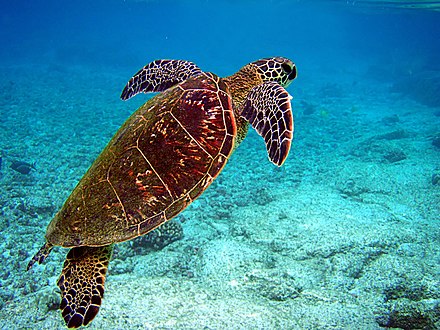
Sea turtles are magnificent reptiles that have been swimming the oceans for millions of years. They lack teeth but have adapted sharp, horny beaks that help them bite and tear their food. Sea turtles mainly feed on sea grass, algae, jellyfish, and other soft-bodied marine organisms, which they consume by using their powerful jaws.
7. Echidnas (Family: Tachyglossidae)
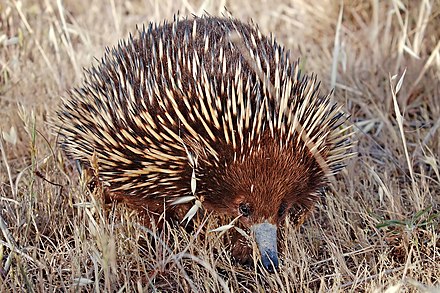
Echidnas, also known as spiny anteaters, are egg-laying mammals found in Australia and New Guinea. These fascinating creatures have no teeth but possess a long, sticky tongue that they use to extract ants, termites, and other invertebrates from the ground. Echidnas grind their food between specialized bony structures in their mouths called keratinous pads.
8. Giant Pandas (Ailuropoda melanoleuca)
Giant pandas are renowned for their bamboo diet, which makes up nearly 99% of their food intake. Despite being classified as carnivores, pandas have evolved to consume a predominantly herbivorous diet. Their jaws and strong jaw muscles help them crush and grind bamboo stalks, although they lack specialized teeth for chewing plant material effectively.
9. Ostriches (Struthio camelus)
READ ALSO » Exploring The Fascinating World Of Animals Without Blood
Ostriches are the largest birds and are flightless. They have a unique adaptation when it comes to their diet and lack teeth. Instead of teeth, ostriches have a muscular, toothless beak that helps them grasp and consume plant material, seeds, fruits, and insects. They also swallow pebbles, which aid in the mechanical breakdown of food in their digestive system.
10. Manatees (Family: Trichechidae)
Manatees, often referred to as sea cows, are herbivorous marine mammals. They possess no teeth, but they have large, strong lips and a flexible prehensile upper lip. With their lips and front flippers, manatees feed on seagrass and aquatic vegetation by ripping and tearing it. They use their muscular tongue to move the food into their mouths and swallow it without the need for teeth.
In conclusion, nature never ceases to amaze us with its diverse adaptations, and the existence of animals without teeth is a testament to the remarkable strategies different species have developed to survive and thrive. From the filter-feeding mechanisms of blue whales and whale sharks to the specialized diets and feeding behaviors of anteaters, pangolins, sloths, and more, these toothless animals have found alternative ways to obtain nutrients and sustain themselves. Exploring the adaptations of animals without teeth provides us with a deeper appreciation for the incredible diversity of life on our planet.
